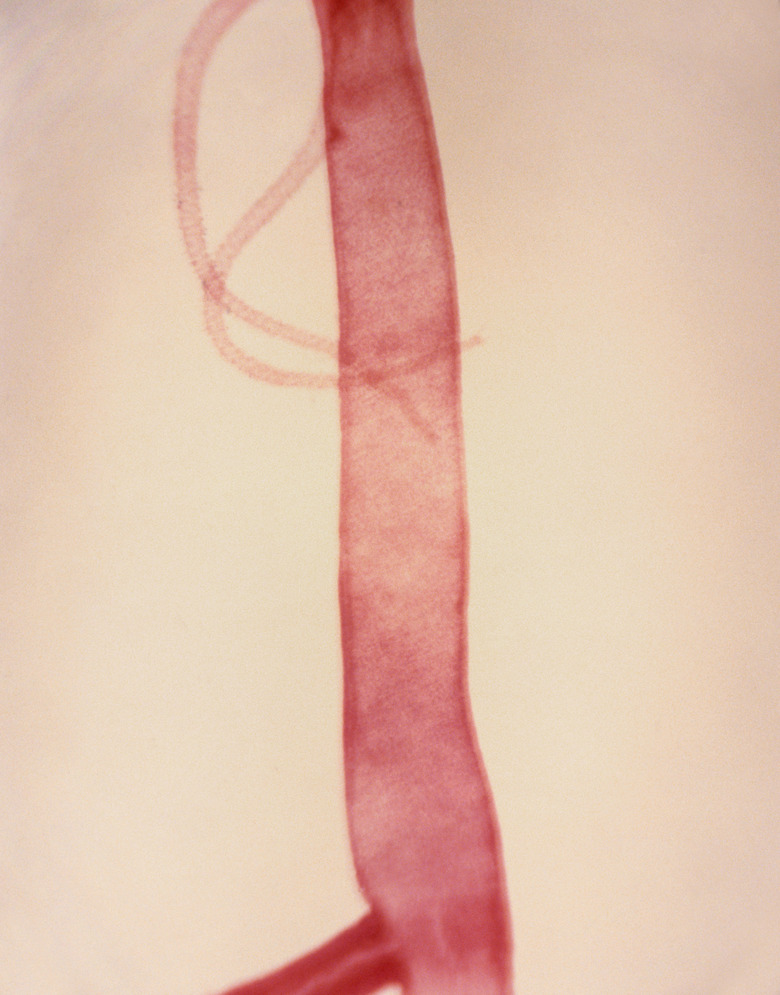The Anatomy Of The Hydra
They hydra takes its name from the mythical monster of ancient Greek myth. The tiny cnidarian got this name for its ability to regenerate from injury and bud off new individuals from its body. The hydra has relatively simple anatomy, and may be studied in introductory biology courses. The phylum Cnidaria includes jellyfish, corals and anemones, in addition to hydras.
Tentacles
Tentacles
The hydra resembles a slender sea anemone. At the top of the organism is a number of tentacles arranged in a circle around the hydra's mouth. These tentacles are controlled by a simple neural net. Tiny stinging cells, called nematocysts, cover the tentacles. While harmless to humans, these cells can incapacitate the tiny organisms the hydra eats.
Blind Gut
Blind Gut
Hydras have a very simple digestive tract, similar to most other cnidarians. Unlike mammals, they have a two-way digestive tract, where food enters and waste exits through the same opening. This arrangement is called a "blind gut." This digestive tract takes up space in the middle of the body of the hydra.
Body
Body
The body of the hydra consists of several layers of tissue. The epidermis forms the outer layer of tissues. In some hydras, the epidermis secretes a substance called the perimderm, which protects the epidermis. The innermost layer of the hydra is the gastrodermis, which forms the lining of the digestive tract. Sandwiched between the epidermis and gastrodermis is a layer of gooey connective tissue called the mesoglea.
Buds
Buds
Many hydras often have smaller hydras budding off their bodies. This is the main way that hydras reproduce. Some hydras also reproduce by releasing gametes into the water. The fertilized zygote immediately finds a surface and develops into a tiny hydra polyp. The hydra is different from many cndarians in that it does not have a medusa, or jellyfish-like free-swimming stage, to its life cycle.
Cite This Article
MLA
Boumis, Robert. "The Anatomy Of The Hydra" sciencing.com, https://www.sciencing.com/anatomy-hydra-19470/. 24 April 2017.
APA
Boumis, Robert. (2017, April 24). The Anatomy Of The Hydra. sciencing.com. Retrieved from https://www.sciencing.com/anatomy-hydra-19470/
Chicago
Boumis, Robert. The Anatomy Of The Hydra last modified March 24, 2022. https://www.sciencing.com/anatomy-hydra-19470/
